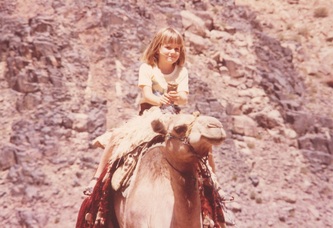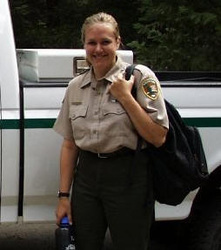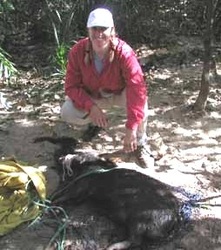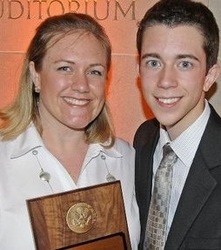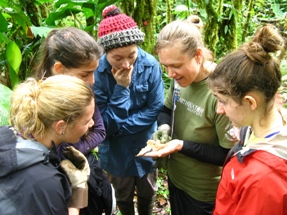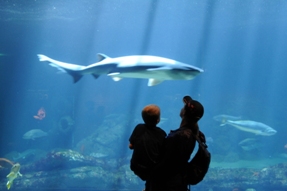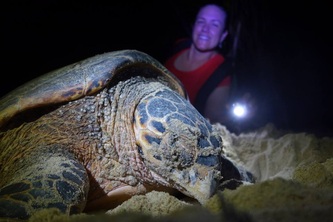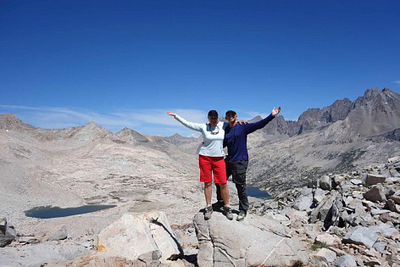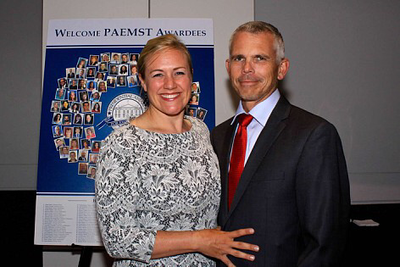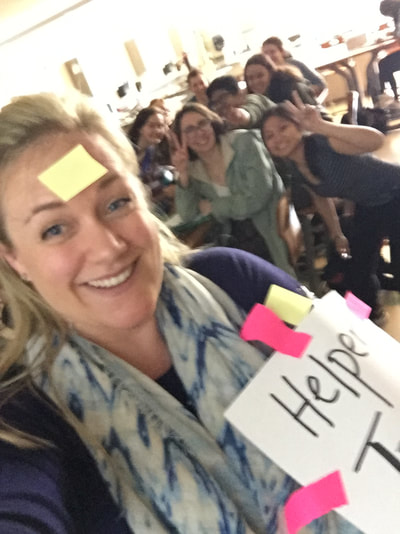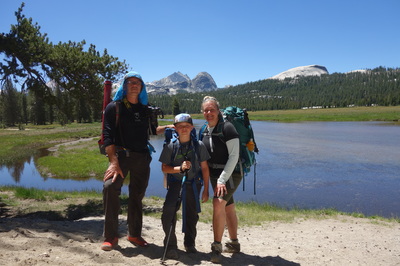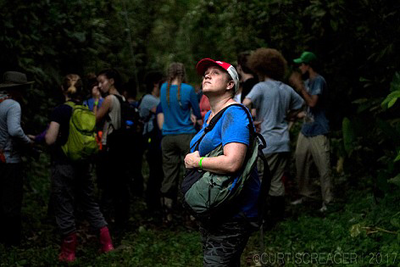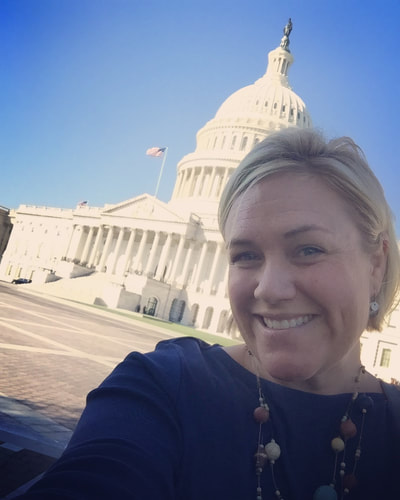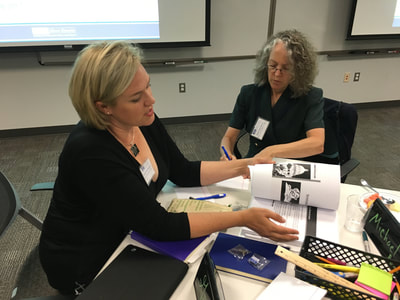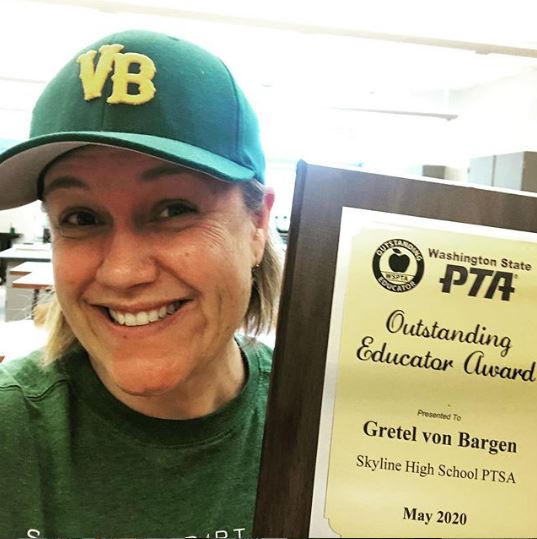About Ms. von Bargen
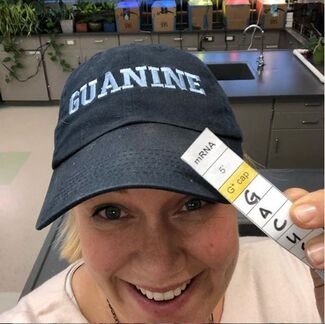 My personalized guanine cap!
My personalized guanine cap!
I was born at South Lake Tahoe in California, and am an only child. I moved around a lot with my mom and dad when I was a kid. We lived in England and Saudi Arabia, as well as multiple places in the United States. When I was in sixth grade my family moved to the Seattle area, where I have been ever since. I still travel quite a bit, and would say that I have an adventurous spirit.
While in college at the University of Washington, I worked at the local zoo, was a veterinary technician and participated in multiple field ecology research projects. Upon graduation from college, I was a National Park Service ranger, working at Yosemite National Park in guest interpretive services and wildlife management. I had thought of going to vet school, and was well on my way, before deciding to become a teacher. It was the best decision I have ever made.
My interest in biological field work continued after I became a teacher, when in 2004 I won a competitive grant through the National Geographic society to travel to Brazil with Earthwatch to assist with wildlife conservation research in the Pantanal. While there, I wrote a reflection on teaching that has served as a "touchstone" in my teaching career. The trip also spurred a desire to travel with students on field work expeditions. I have organized and traveled multiple times with groups of students to the Bahamas, Ecuador, Peru, Costa Rica, Trinidad and Belize. You can read about our adventures here.
I am very proud of my many accomplishments as a teacher. Evaluations and feedback about my teaching from students, parents, colleagues, and school principals all enthusiastically commend my proficiency as an educator. I have earned and renewed National Board Certification through the National Board for Professional Teaching Standards in Adolescent / Young Adult Science Education (emphasis in biology). I have written and been awarded multiple grants from the Issaquah Schools Foundation for cutting edge biotechnology lab materials and was selected to serve as a featured speaker at the foundation's annual luncheon. In 2010, a wonderful student selected me for recognition in Washington DC as a recipient of the Presidential Scholar Teacher Recognition Award. After a rigorous application process, in 2013 I was selected as the Washington State winner of Presidential Award for Excellence in Mathematics and Science Teaching. In 2017-2018 I served as an Albert Einstein Distinguished Educator Fellow, spending one year in Washington, DC focusing on federal level science education programs and my own professional development. On three occasions I have been recognized as the Skyline High School PSTA teacher of the year.
For more information, please view my professional resume and my teaching philosophy.
While in college at the University of Washington, I worked at the local zoo, was a veterinary technician and participated in multiple field ecology research projects. Upon graduation from college, I was a National Park Service ranger, working at Yosemite National Park in guest interpretive services and wildlife management. I had thought of going to vet school, and was well on my way, before deciding to become a teacher. It was the best decision I have ever made.
My interest in biological field work continued after I became a teacher, when in 2004 I won a competitive grant through the National Geographic society to travel to Brazil with Earthwatch to assist with wildlife conservation research in the Pantanal. While there, I wrote a reflection on teaching that has served as a "touchstone" in my teaching career. The trip also spurred a desire to travel with students on field work expeditions. I have organized and traveled multiple times with groups of students to the Bahamas, Ecuador, Peru, Costa Rica, Trinidad and Belize. You can read about our adventures here.
I am very proud of my many accomplishments as a teacher. Evaluations and feedback about my teaching from students, parents, colleagues, and school principals all enthusiastically commend my proficiency as an educator. I have earned and renewed National Board Certification through the National Board for Professional Teaching Standards in Adolescent / Young Adult Science Education (emphasis in biology). I have written and been awarded multiple grants from the Issaquah Schools Foundation for cutting edge biotechnology lab materials and was selected to serve as a featured speaker at the foundation's annual luncheon. In 2010, a wonderful student selected me for recognition in Washington DC as a recipient of the Presidential Scholar Teacher Recognition Award. After a rigorous application process, in 2013 I was selected as the Washington State winner of Presidential Award for Excellence in Mathematics and Science Teaching. In 2017-2018 I served as an Albert Einstein Distinguished Educator Fellow, spending one year in Washington, DC focusing on federal level science education programs and my own professional development. On three occasions I have been recognized as the Skyline High School PSTA teacher of the year.
For more information, please view my professional resume and my teaching philosophy.

